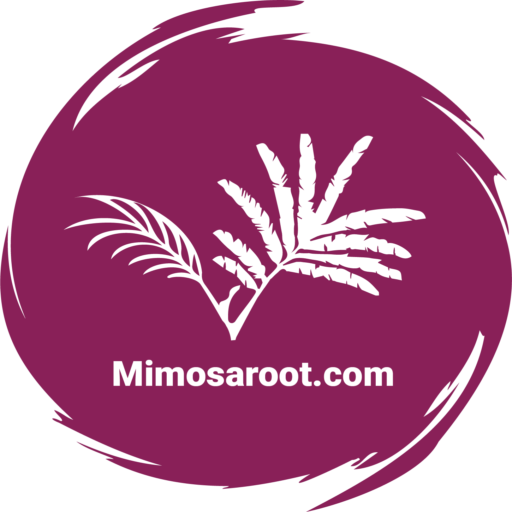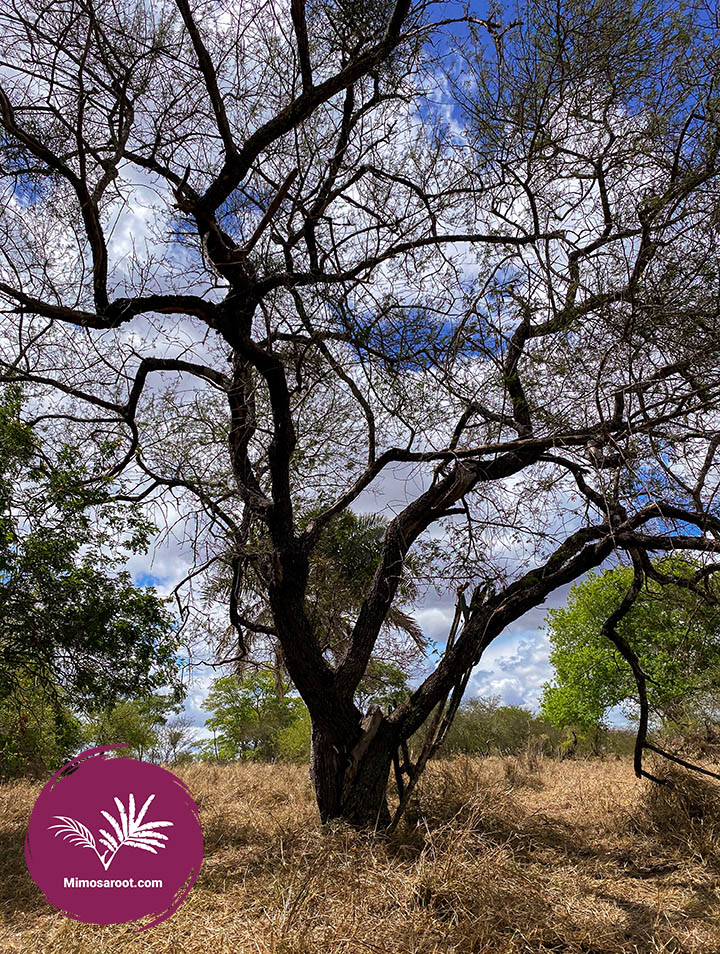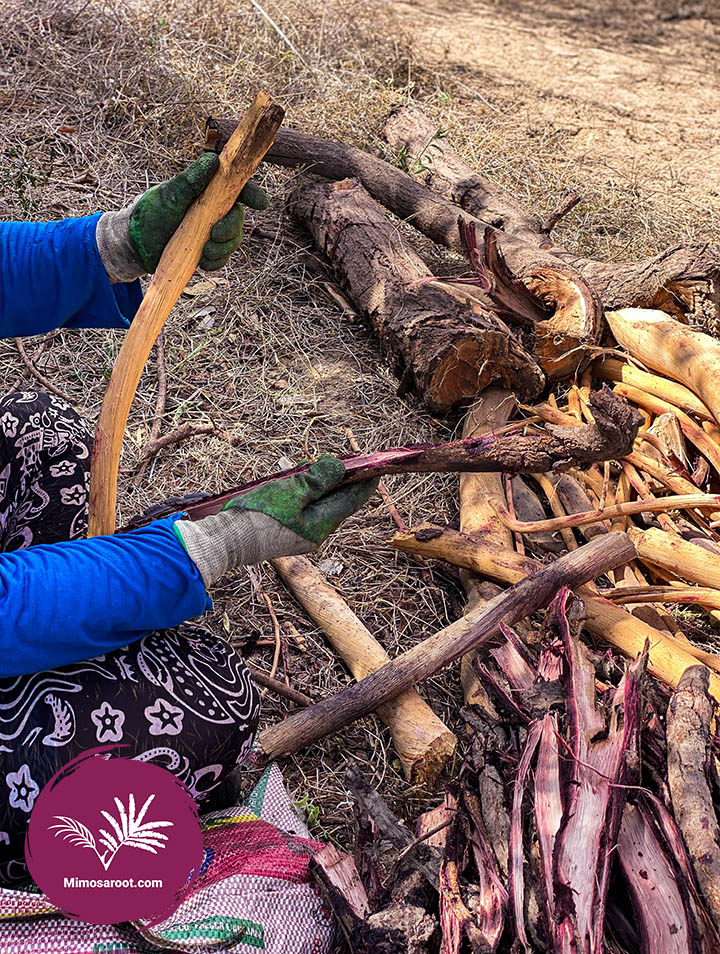Mimosa Hostilis root bark: health benefits and uses
Mimosa Hostilis root bark (MHRB), also often referred to as “jurema preta” or “tepezcohuite”, is a perennial evergreen tree or shrub, which grows wild in North-eastern Brazil and in Southern Mexico. It is a wonderful product with a wide range of usages.
Powdered Mimosa Hostilis root bark has a high concentration of tannins that makes it among the most famous natural blood coagulants. The tannins act as an astringent, which stops bleeds and helps to form new tissue.
Tepezcohuite also stimulates collagen production. It is the key to its remarkable ability to heal the most severe burns in several weeks almost without visible scarring in the end of the natural healing process. Tepezcohuite is used as an all-in treatment: powerful natural antibiotic and natural anti-inflammatory.
The incredible characteristics of powdered Mimosa hostilis bark root are now being examined at universities and private laboratories all over the world because of its healing effects on burns, scars and other chronic skin conditions.
There is a huge range of cosmetic and wellness products with powdered tepezcohuite as an active ingredient on the market now. Starting from skin creams and body lotions to shampoo, conditioners and serums. Mostly these products are aimed to mitigate eczema, herpes, acne and psoriasis; there is also an overall improvement in skin condition.
In Brazil and Mexico, people drink Mimosa Hostilis as tea to tackle the symptoms of headaches and pains of different origin, to treat respiratory illnesses. The mimosa tea also helps to alleviate symptoms caused by an aftermath of smoking, drinking alcohol and using hard drugs (incl. cocaine and heroin).



